A crafty homesteader never stops harvesting, even when the weather turns cold. Most people call it quits when the first frost hits; they let their gardens sit fallow through fall and winter, and wait until spring thaw before they bother tending to it again. And they rarely take the time to venture into the woods once the weather turns bad, either.
However, autumn’s end doesn’t mean it’s time to sit inside all day. You can keep putting fresh food on your table well into the winter if you play your cards right.
There are many vegetables hardy enough to grow during colder weather; some actually taste better after the first frost. There are also opportunities to forage for great foods that are only available during the winter as well. Let’s look at 20 great foods you should be growing or foraging at the cold weather sets in.
Great Cold Weather Greens For Your Garden
Greens are terrific plants to grow in the winter. They can help add flavor and variety to an otherwise ho-hum salad, and spice up soups and stews as well. Here are some of the better greens to grow in your garden when the temperature drops.
#1. King Kale
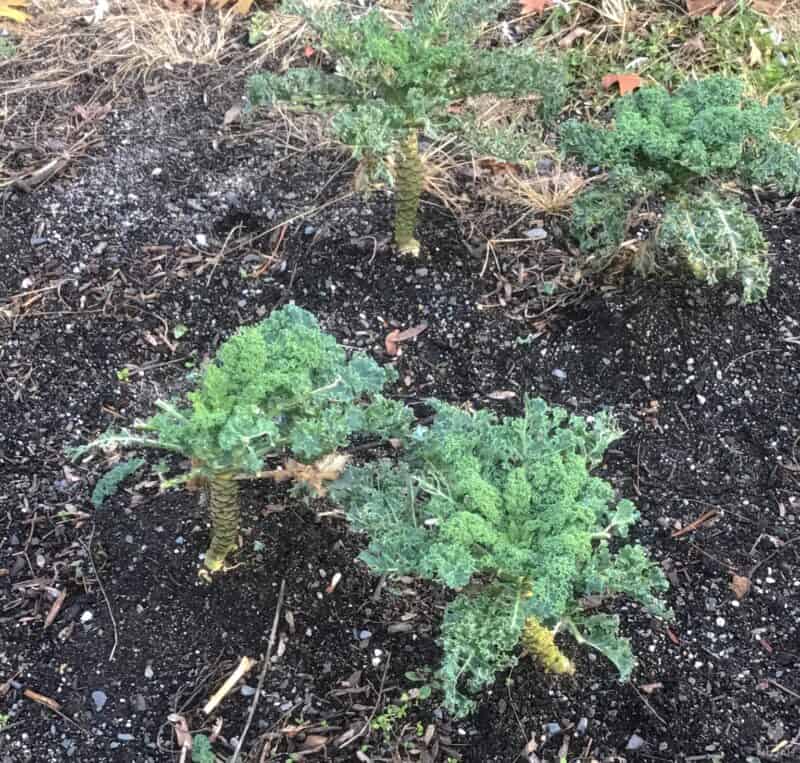
It is hard to beat kale as a cold weather crop. This hardy green not only endures cold weather and frosts; it actually becomes more flavorful after the cold weather sets in. Here in my southern New England garden, Kale will normally endure into the new year before it finally succumbs. Here in New England, we pick fresh kale greens all the way into January. These greens get added to our breakfast smoothies, omelets, salads, and get used as tasty sides to fish and meat dishes. There are numerous types of kale available, so grow some with different colors and textures to add variety to your winter meals.
#2. Spinach
Spinach is another super green that can endure the cold weather. It is a very versatile vegetable – you can enjoy it in salads, soups, or sautéed or blanched as a side – and it is very cold hardy. Heirloom varieties like the Amsterdam Prickly Seeded spinach will produce in your garden well into the winter; you can also save the seeds once the plants are spent, and plant a brand new crop the following fall.
#3. Swiss Chard
Swiss chard is another delicious, nutritious green you can grow as the weather turns cold. There are many varieties of Swiss chard that will continue producing for several weeks after the first frost. In general, the green-stemmed chard varieties tend to produce better in colder weather than the more colorful varieties. The Verde de Taglio variety performs particularly well in winter weather. Swiss chard is terrific in soups, or sautéed as a tasty side dish as well. It definitely belongs in any cold weather garden.
#4. Mâche
Mâche, sometimes referred to as corn salad, is a terrific green that is popular in France. Mâche is extremely cold hardy, and can overwinter even in places where the temperatures drop close to zero degrees Fahrenheit. This green has a unique, almost nutty flavor, and will add variety to your winter salads. Purchase some mâche seeds when you get a chance, and sow this hardy green in late summer. Chances are you’ll harvest delicious mâche all winter long.
#5. Lettuce
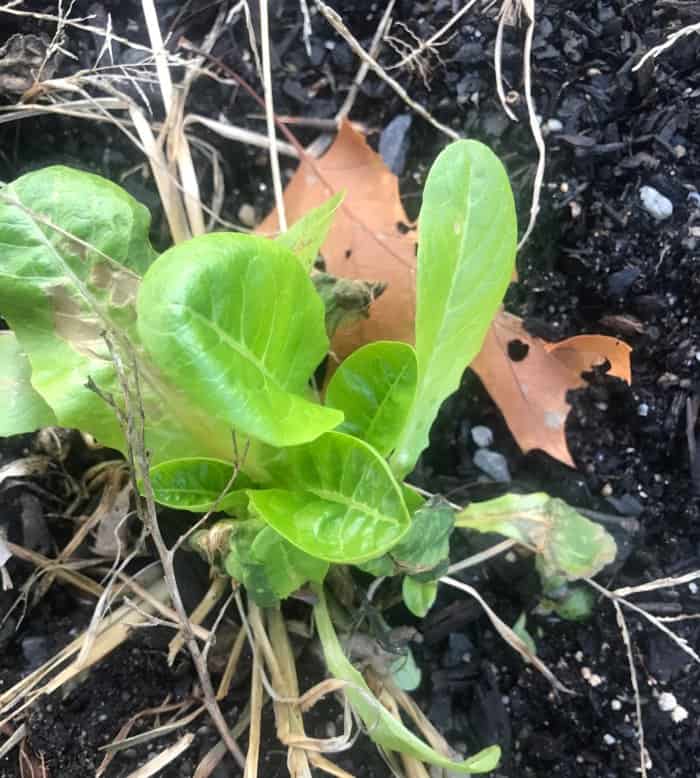
Lettuce isn’t a crop you’d expect to find on a list of winter-friendly vegetables. However, there are many lettuce varieties that do surprisingly well after the first frost. In fact, it’s not unusual to walk garden rows in late fall where lettuce had been planted and gone to seed, only to find newly sprouted lettuce plants. Some varieties, such Rouge D’Hiver, perform extremely well in your garden when the cold weather hits. Growing your own lettuce supply during winter months will save you money each week on your grocery bill, too.
#6. Claytonia
Like lettuce, claytonia is a great but lesser known salad green that can take the cold weather and keep on producing. Sometimes called miner’s lettuce, claytonia is a delicious, vitamin-packed green that can add variety to your salad dishes. It is another great addition to smoothies and protein shakes as well. You definitely want to add claytonia seeds to your list of items to purchase for a productive winter garden.
#7. Collards
Collards are another green that are getting a second look as people attempt to diversify their gardens. Collards were long a staple in many southern dishes. However, while traditionally enjoyed in the south, there are many varieties of collards that will thrive in cold northern winters. If you want to grow this green in your garden during the colder weather, try the Georgia Southern Creole or Blue Max varieties.
Cold Weather Vegetables
Greens are great, but save some space in your garden for vegetables this fall, too. Even after first frost, there are many vegetables that endure, or even thrive, in colder weather. In many cases, vegetables’ flavor even improves after the first frost. Here are some vegetables you should consider for your cold weather garden.
#8. Carrots
Carrots, like many root vegetables, actually taste better if harvested after colder weather. Plunging temperatures cause the roots to store greater quantities of sugar, which leads to richer flavors. Carrot tops also make delicious winter greens as well. Many carrot varieties can endure single digit temperatures with ease and keep on growing. Covering them with a protective layer of mulch can help keep them alive when temperatures drop even lower.
#9. Spring Onion
Spring onions are another great vegetable you can sow in early autumn, and harvest throughout the colder weather. Spring onions’ tops are great in salads, and the tops or small bulbs can add terrific flavors to soups as well. Guardsman and Deep Purple are two great spring onion varieties worth trying out in your garden once the weather gets colder.
#10. Beets
Beets are another root vegetable that has increased in popularity over the past few years. Beets are delicious, and can be enjoyed as side dishes in soups, and salads as well. And hey, who doesn’t love borscht? Sow beet seeds in your garden ten to twelve weeks before the first frost is expected. Most beet varieties are ready for harvest in 50-60 days. Beets come in a variety of different colors and flavors, so be sure to experiment, and find the ones your family likes the best.
#11. Radishes
Like beets, there are many radishes that thrive in colder weather, and are great additions to a cold weather garden. Radishes grow slower in the winter, but many varieties are often more flavorful if harvested after first frost. Their tops can also be enjoyed as a green in soups and salads. Sow your radish seeds in late summer, and dig them up well after first frost if you want to add variety to your winter vegetable harvest. Radish varieties like Black Spanish and Watermelon perform particularly well in colder weather.
#12. Turnips
After you harvest your potatoes squash and tomatoes, it’s time to plant turnips. Turnips are a great, flavorful starch that dowell when the weather gets cooler. They can be planted in rows where you’ve already harvested other vegetables with little fanfare; they excel at making use of depleted soils. Most turnip varieties can take the cold weather, and some will even overwinter. They are terrific as sides, or in soups and stews.
#13. Cauliflower
Although not a winter crop per se, cauliflower thrives during cooler weather. In places like the northeast, sewing cauliflower seeds in the first few weeks of summer weather will ensure a delicious fall crop of this delicious vegetable. In milder climates like those in the southern United States cauliflower can be grown all winter long.
#14. Broccoli
Broccoli is another great vegetable to plant in late summer, and harvest during the fall. In northern climates, sowing broccoli seeds will ensure a nice harvest of this popular vegetable as the frost takes hold. Mulching your garden beds will help keep your broccoli alive if the temperature dips earlier than expected. In southern states, a late fall planting will ensure you have broccoli all winter long. If you decide to plant broccoli in your fall garden, Waltham 29 is a great cold hardy variety.
#15. Brussels Sprouts
Brussels sprouts are another nutritious vegetable that thrive in colder weather. If you sow your seeds in mid-summer, your Brussels sprouts will endure the first few frosts and become even more flavorful. Then, they’ll be ready for harvest. New sprouts will grow back in place of the ones you pick, and they will continue producing well into the colder weather. The Catskill variety is a delicious heirloom sprout that does well in cold weather.
Cold Weather Foraging – The Hedgerow Harvest
Every homesteader should have a cold weather garden. But homesteaders should also take advantage of what nature has to offer in fall and winter as well. There are some delicious things growing wild in the fields and forests that you can harvest when the days grow shorter and colder. Here are a few things to look for in fields and forests this winter. NOTE: Ensure you can safely identify any wild plant before harvesting and consuming it. Whenever possible, inexperienced foragers should seek out more experienced counterparts to learn how to safely identify, harvest, and prepare wild plants.
#16. Dandelions
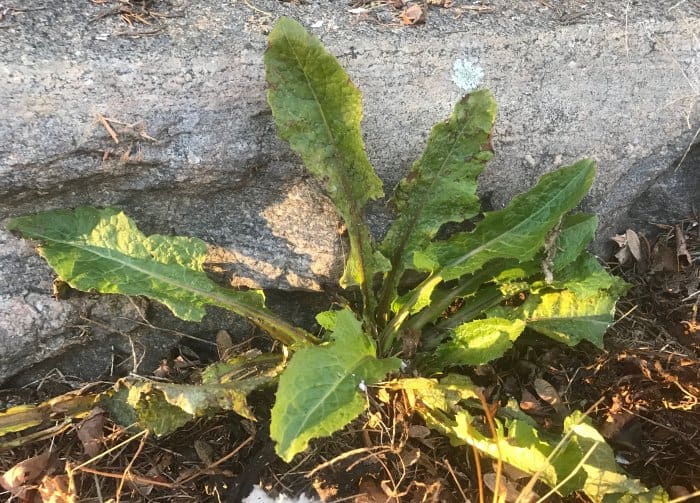
photo: Dandelion growing close to a house foundation
Even in the coldest weather, you can often find hardy dandelions hanging on for dear life in your yard. They often continue growing close to building foundations, where there is some shelter from harsh winds and the ground stays a bit warmer. Like beets and radishes, dandelion roots will be more flavorful after the first frost if you dig them up then. Dandelion greens are also delicious sautéed with a bit of bacon or ham as well.
#17. Violets
Most people treat wild violets like weeds, and actively root them out of their flowerbeds. However, violet flowers and leaves are edible, and are delicious too. In colder months, you’ll often find violets growing in areas with natural leaf mulch, or in foundation corners where they find a little respite from the harsh cold. Pick the leaves and add them to salads or soups for a little added flavor.
#18. Mullein
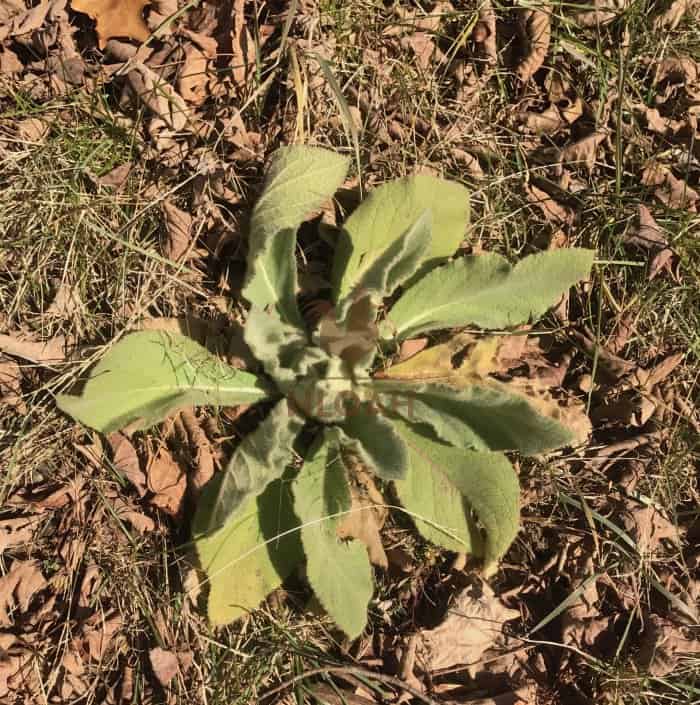
Mullein is another plant that most Americans dismiss as an annoying weed. However, this common plant also happens to be an extremely useful herb. Mulleins typically flower in the summer; their flowers are often used to treat earaches. In colder weather you’ll find patches of smaller mullein plants growing in unkempt parts of your yard. You can dry the leaves in your oven, grind them down, and create a delicious tea from them. Mullein tea, besides being tasty, is also said to be useful in treating respiratory and other ailments as well.
#19. Sweet Birch
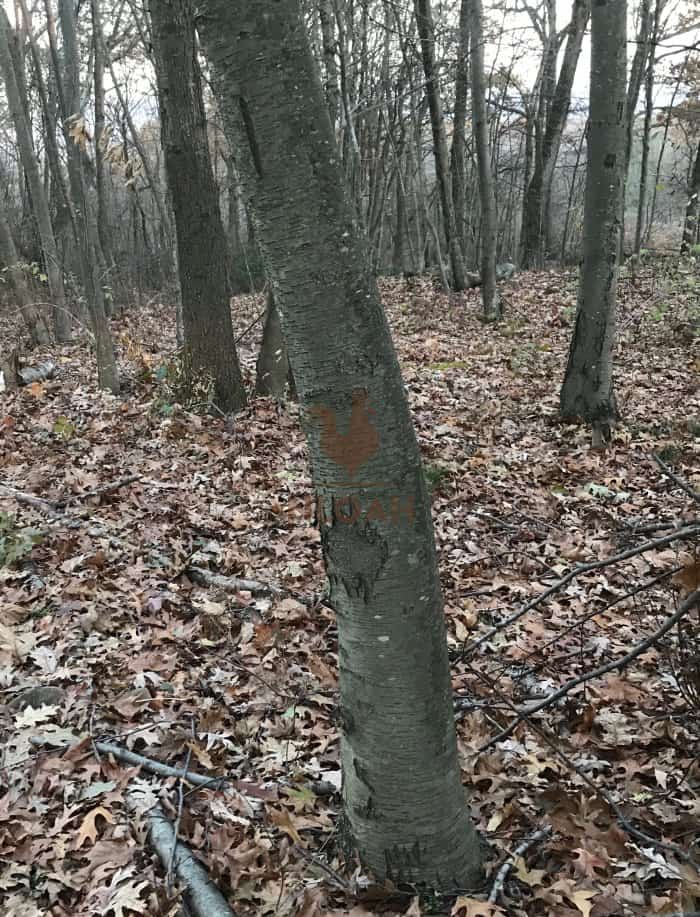
When people talk about sap season, they almost always are talking about sugar maples. However, there is another tree that people should consider as winter draws to an end: the sweet birch. Sweet birch, also called black birch, is another tree whose sap can be boiled into syrup.
While birch sap is more diluted than maple sap (it typically takes 100 gallons of birch sap to make one gallon of syrup), birch sap flows faster than maple trees. However, rather than boiling it down into syrup, you can combine the sap with birch twigs and some sugar, boil the concoction, let it ferment, and make a delicious, alcoholic birch beer. If you have a stand of birch trees near where you live, tap them and make some birch beer as winter draws to a close.
#20. Asparagus
In late winter or early spring, often when there are still patches of melting snow on the ground, you can find wild asparagus. Asparagus is one of the most popular vegetables that people forage. In fact, the godfather of American foraging, the late Euell Gibbons, titled his classic book on foraging Stalking the Wild Asparagus. And you’ll only find it during the cold weather. Asparagus typically sprout for a few days when spring-like weather first takes hold; they like warm sunny days and cold nights. So, once it seems like winter is going away for good, grab a basket and head out to the woods.
Cold Weather Foraging Bonus: The Trout!
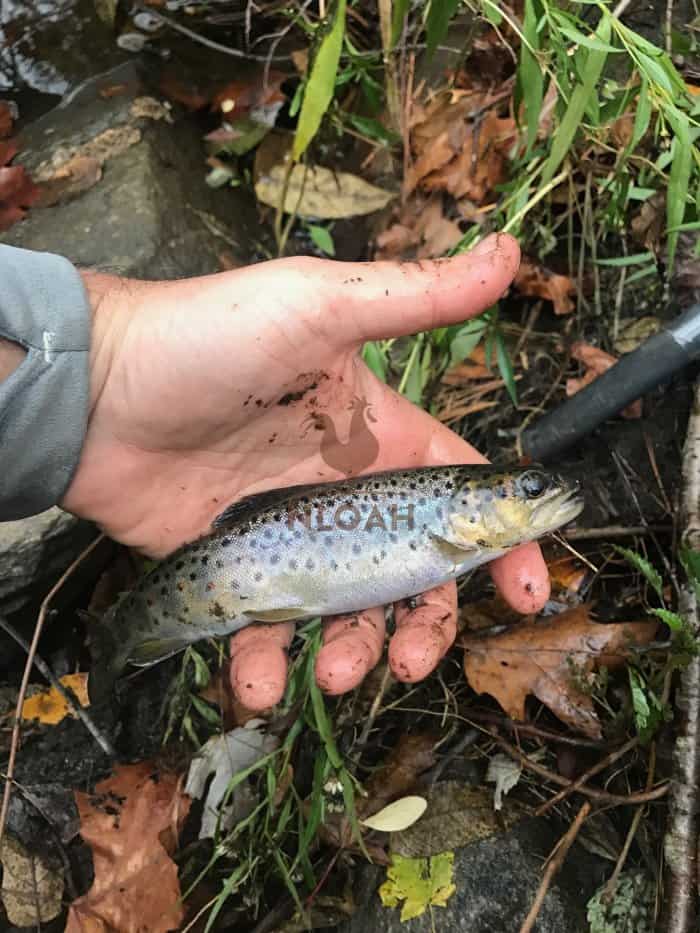
No it’s not a plant of vegetable. But if you live near some fast moving rivers or streams, chances are you have an opportunity to catch trout whenever you want. Trout love cold water, and typically stay active all fall and winter. So keep a spinning rod handy at all times, rigged with a small Phoebe or Daredevle lure affixed to it.
Few people bother to take their chances fishing small streams once winter weather sets in. But homesteaders should. Whenever you have an unseasonable warm day this winter, head out to nearby fast water and take a few casts. Fresh, pan-fried trout is a delicious winter meal; smoked trout, served alongside cream cheese and bread or bagels, makes for a terrific breakfast, too.
Closing Thoughts: Never Stop Harvesting!
Gardeners may call it quits after the first frost. Homesteaders, however, keep on reaping long after the days grow colder. Crafty homesteaders plan their year out, and harvest or forage fresh food every single month. Even the cold ones. So start planning today, and you’ll be ready to enjoy a bountiful harvest during the next cold season!
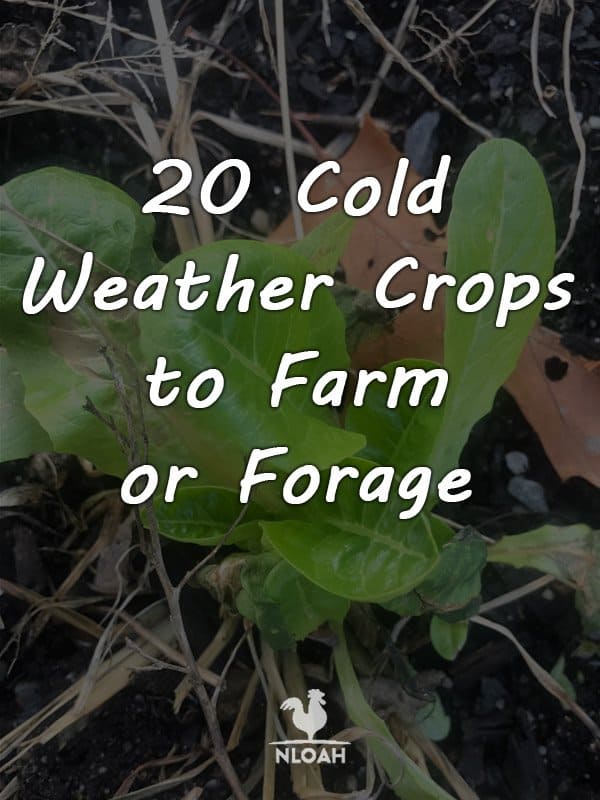
When Tom Harkins is not busy doing emergency repairs to his 200 year-old New England home, he tries to send all of his time gardening, home brewing, foraging, and taking care of his ever-growing flock of chickens, turkey and geese.

hey kendra, very nice job. i like your style. nice
Heard of potatoes?
Pak Choi (Chinese Cabbage) is similar in appearance and taste to Swiss Chard, and handles the cold even better.
Parsnips are one of the most delicious root vegetables and are always left off these lists. The are best left in the ground throughout the winter and pulled as needed. That solves many storage problems.